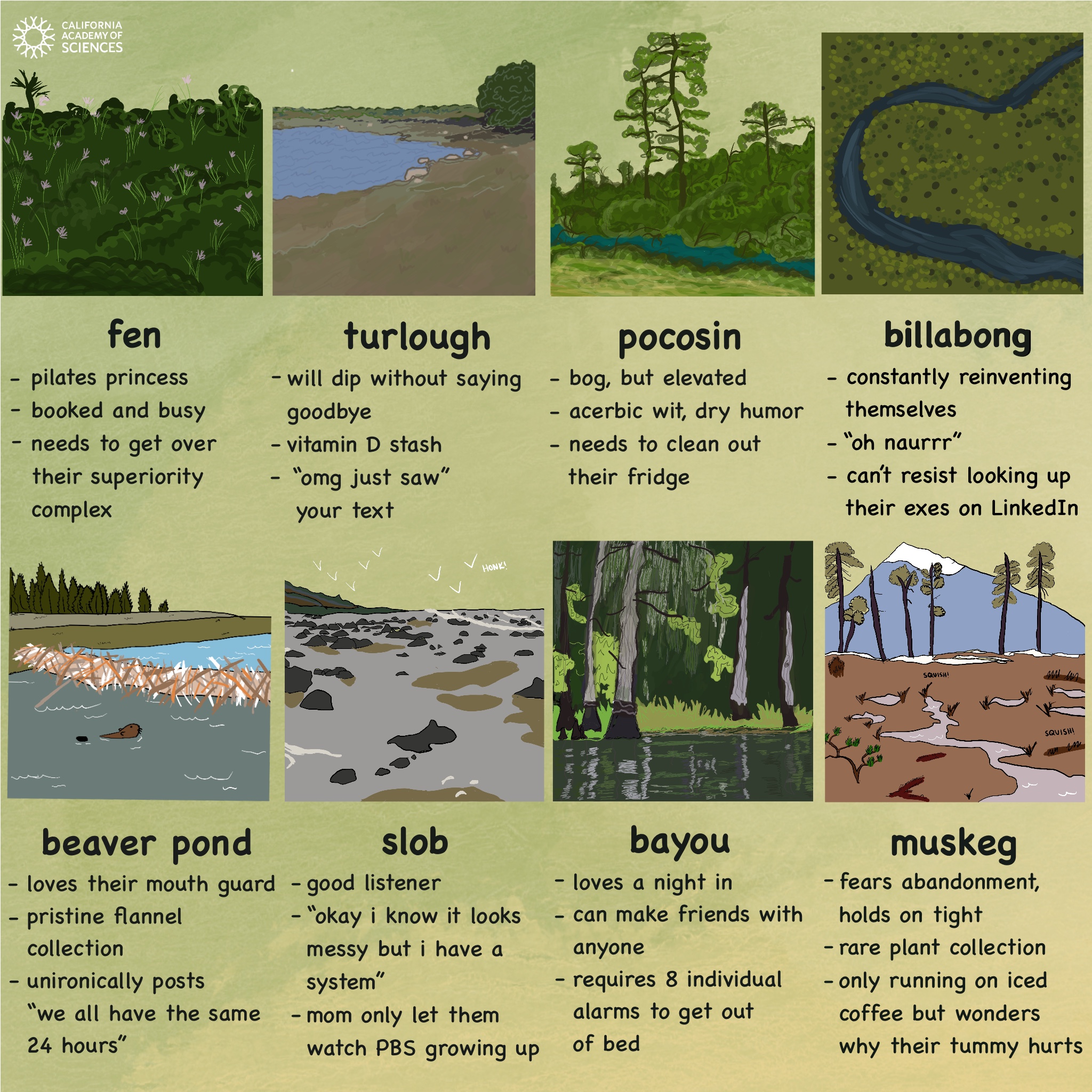- Introduction to the concept of wetlands and their ecological significance.
- Exploration of unique and niche wetlands included in the initiative.
- The role of wetlands in biodiversity and wildlife conservation.
- Insights into wetland management and conservation strategies.
- Understanding how engaging experiences help in raising awareness for wetland conservation.
Wetlands are critically important ecosystems that play vital roles in water purification, flood control, carbon storage, and biodiversity sustenance. From the vast mangroves along tropical coasts to the temporary ephemeral pools in arid deserts, each type of wetland serves essential ecological functions and supports a unique array of life forms. Recognizing and appreciating the diversity of these habitats can help encourage their conservation, which is the guiding motive behind initiatives like “For the second year, which wetland are you? (Now with more niche wetlands!).” This initiative fosters a deeper understanding of wetlands by inviting participants to explore which wetland type resonates with their personality, thereby building a personal connection with these vital habitats.
The unique proposition of "Which wetland are you?" lies in drawing attention to lesser-known types of wetlands, which often do not get the attention or protection they deserve. While the more common marshes, swamps, and bogs often headline wetland conservation efforts, it is the uncommon varieties such as peatlands in boreal forests or high-altitude marshes that are introduced in this initiative to spark curiosity and awareness. By doing so, the program expands the horizon of individual understanding, emphasizing that each wetland, regardless of its size or fame, is an indispensable part of the ecological puzzle. These niche wetlands contribute significantly to local biodiversity and provide crucial services, such as supporting rare species or storing significant amounts of organic carbon.
Wetlands are indispensable to wildlife conservation. They provide habitat for a staggering variety of animal species, including birds, amphibians, mammals, and a plethora of invertebrates. Many species rely on wetlands not just for living, but also for breeding, feeding, and as key stopover points during long migrations. For instance, wetlands in the Mississippi Flyway are vital habitats for millions of migratory birds traveling between their summer breeding grounds in Canada and wintering habitats in Central and South America. Similarly, amphibians such as frogs and salamanders rely on ephemeral wetlands for reproduction, where temporary pools are free from fish predators, making them safe nurseries for their offspring. Such insights underscore the importance of conserving all types of wetlands, as losing these habitats would mean losing entire populations of species closely tied to these environments.
Managing and conserving wetlands is complex and requires tailored strategies that address the specific needs and conditions of each wetland type. Successful wetland management combines scientific research, local community engagement, and policy interventions. A solid understanding of hydrology, species composition, and environmental pressures is vital in developing effective conservation strategies. Programs aimed at restoring degraded wetlands, controlling invasive species, or managing water levels can have significant positive impacts on the health of these ecosystems. Additionally, international agreements such as the Ramsar Convention provide frameworks for the conservation and sustainable use of wetlands worldwide, emphasizing importance at a global scale.
Experiential learning through interactive and engaging methods helps to raise awareness and appreciation for wetland conservation. Initiatives like “For the second year, which wetland are you? (Now with more niche wetlands!)” encourage enthusiasts to actively engage with these ecosystems, sparking interest and personal commitment towards their protection. By identifying which type of wetland they relate to, participants may develop emotional connections that foster long-term advocacy. Furthermore, educational programs, guided tours, and immersive experiences can deepen understanding and inspire action, ensuring the continued protection of these vital environments for future generations.
In conclusion, increasing awareness of the diversity and significance of wetlands is crucial for their conservation. Through initiatives that highlight niche wetlands, the public can better appreciate the full range of ecosystem services these habitats provide and their critical importance in supporting global biodiversity. Wetlands, in all their forms, are treasures of nature that require our protection and respect. By engaging with them in meaningful ways, individuals can contribute to their preservation and support conservation efforts on both local and global scales.
*****
Source Description
For the second year, which wetland are you? (Now with more niche wetlands!)


